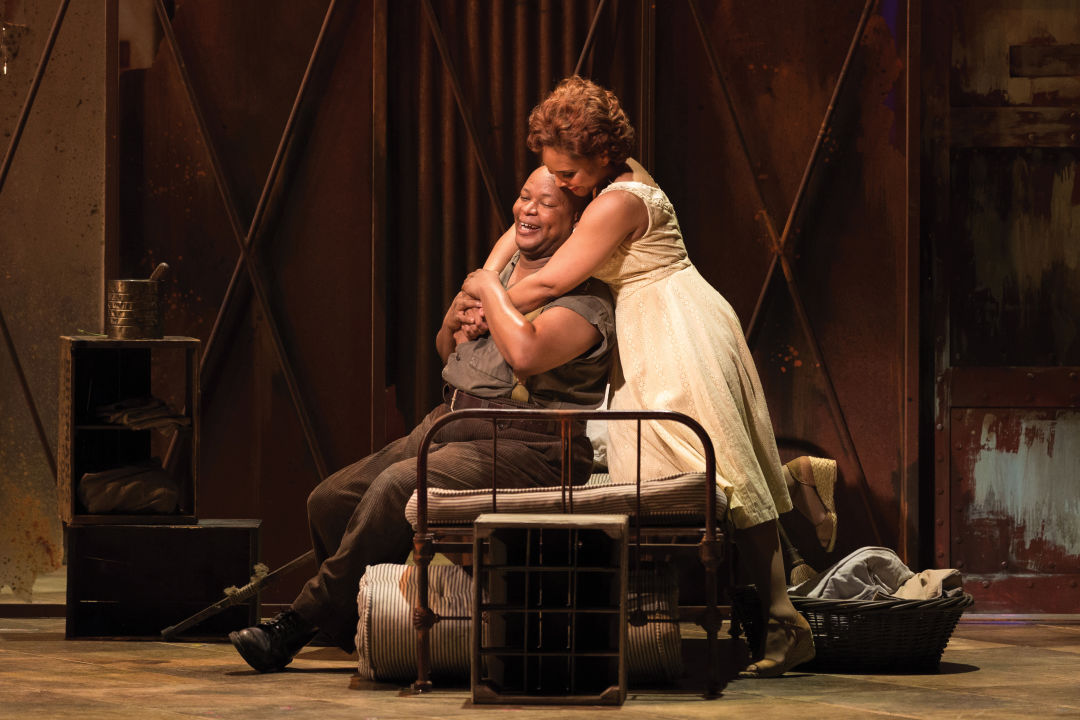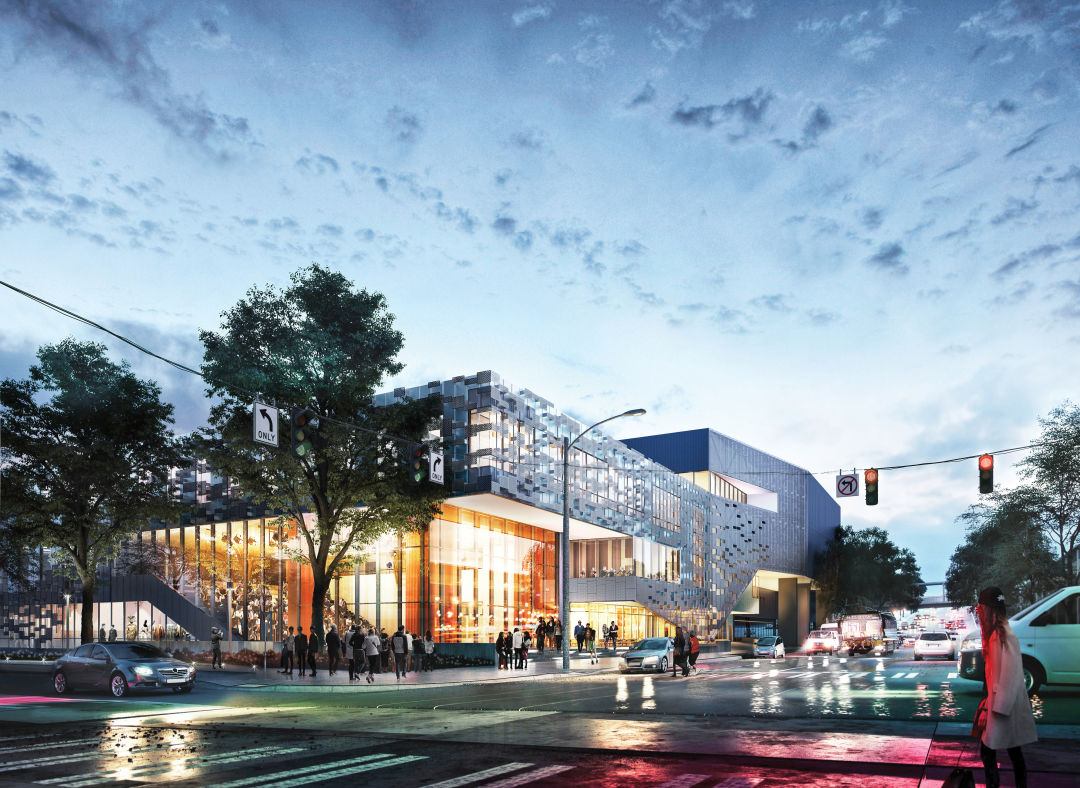Seattle Opera Refuses to Be a Museum Piece

This month The Gershwins’ Porgy and Bess kicks off Seattle Opera’s 2018–2019 season.
Seattle Opera’s new season opens this month with The Gershwins’ Porgy and Bess, which the company last produced in 2011. Back then, though, George and Ira Gershwin’s piece—an opera written by white men about love between two black Americans (she’s an addict, he’s a disabled beggar) living in Charleston, an opera that was iconoclastic when it first premiered in 1935 with a classically trained all-black cast, now an indispensable part of the American musical idiom—was merely, grandly performed.
For evidence of Seattle Opera’s recent mission shift, you ought to look a couple weeks before, when the company hosts “Breaking Glass: Hyperlinking Opera and Issues.” This free forum invites all Seattleites to discuss how race and discrimination interact with the persistently Eurocentric artform, including “who has the right to tell whose story.”
The talk is one of many Seattle Opera has held since Aidan Lang stepped into the general director role in 2014 and led a vital change, an attempt to answer a question at the company’s core: In a young, progressive city, how can opera stay relevant and, thus, solvent?
Seattle Opera’s been working with $1.6–$3 million yearly deficits for a decade, which it’s paid off with reserves, special fundraising campaigns, and large one-time donations. Lang hopes a new headquarters—which opens in November beside McCaw Hall and shaves off a half million a year in rent—will help shore up gaps, along with an increasingly grassroots donor scheme: more benefactors offering smaller donations. “It’s almost the Obama and Bernie Sanders approach,” Lang says.

Seattle Opera's new headquarters.
Image: Courtesy Seattle Opera
Of course, the opera must attract those new patrons. When Lang arrived, the company consciously aimed its mission toward equity—in race, in gender identity—though since it generally plans three or four years ahead, audiences are now seeing increasingly clear evidence of that change. “I think we realized,” Lang says, “that what drives people in this city is a sense of social conscience.” It’s an angle that appears to work: Over the past three seasons, the amount of ticket buyers under the age of 50 rose from 26 percent to 40 percent.
Last season premiered with Puccini’s Madame Butterfly. Instead of avoiding the ignorant source material—Puccini’s understanding of Japanese culture was woefully lacking—productions of which frequently put performers in yellowface, Seattle Opera chose to highlight its problems, and then talk about them. The program pointed out inaccuracies (a 15-year-old girl does not just up and become a geisha), and the company hosted forums with Asian Americans, discussing cultural appropriation in the opera.
Sometimes that feedback means altering forum titles themselves. After one called “Cultured Conversations: Black Inclusion at the Opera”—which dug into black representation in Aida, a production that featured a largely white cast even though the title character is an Ethiopian princess and the piece is set in Egypt—the opera nixed the word inclusion, since it positions white people as a power that “includes” black people.
Aside from lower rent costs, the new building should also mean more chamber operas—smaller productions that frequently permit more progressive material choices. In 2016 As One explored a transgender protagonist’s life via two voices, a baritone and a mezzo-soprano, and the audience could stay after and discuss issues the work raised. This June O+E recast Christoph Gluck’s Orpheus and Eurydice as a tale of a woman holding hallucinatory vigil at her dying wife’s bedside. “It’s a simple shift,” Lang says. “The notes don’t change at all. We just make it, in a way, more universal.”
The new headquarters will also place the company’s attempts to educate a generation of future season ticket holders—it’s done extensive work with Title I schools for the past seven years—at the forefront. The building’s street-facing façade includes a large, glass-walled community and education space. That may not seem disruptive. But in an artform so notoriously luxuriant—opera’s inherent grandeur and formality the tallest and palest of ivory towers—some literal, street-level transparency could go a long way.




